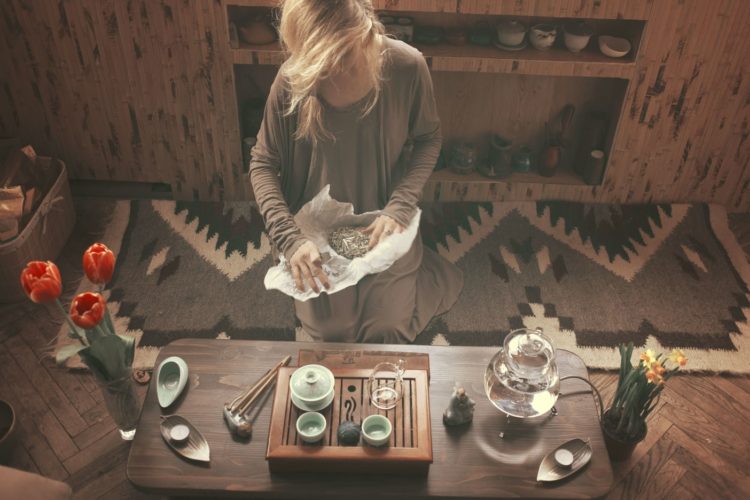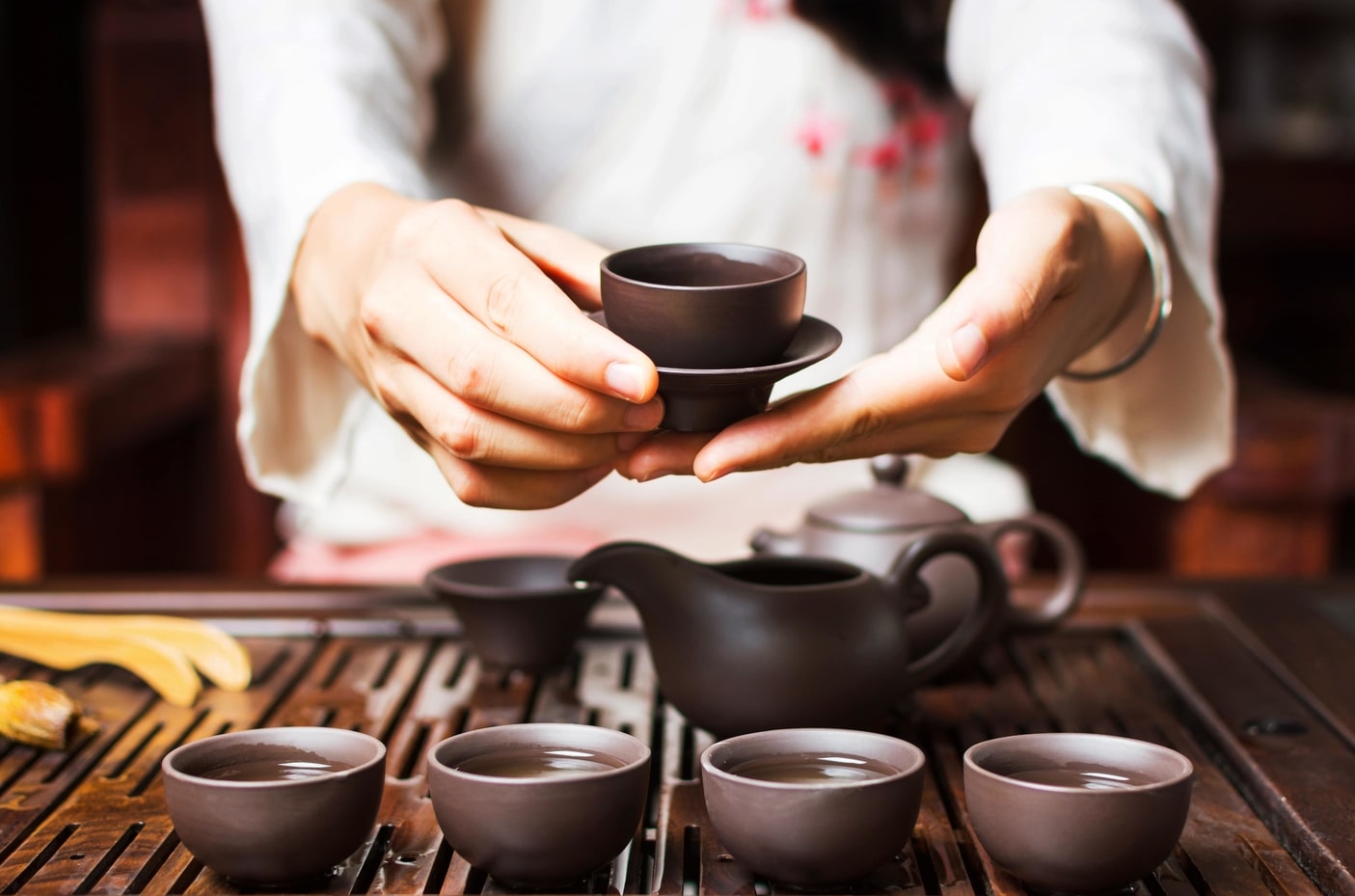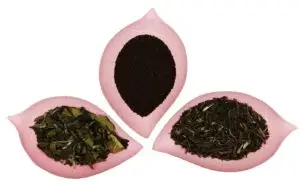Tea ceremonies have been practised for centuries and have evolved in different tea schools.
Attending a tea ceremony is an outstanding experience into which you should fully immerse yourself – body and soul. It is a ritual, an art, where tea is served from the heart to create a bond between participants.
During a formal ceremony, the tea host executes every aspect of it most gracefully. They go through extensive training to develop a certain level of mastery, which can take even years.
The ceremony is an elaborate ritual of making and serving teas by a host to their guests. The most profound and elaborate ceremonies are still practised in Eastern Asian countries: China (Gong Fu Cha / Cha Dao), Japan (Chanoyu) and South Korea (Darye). Other countries have their own rituals: afternoon tea in Britain, chai break in India, zavarka in Russia, mint tea in Morocco, butter tea in Tibet, etc. However, these rituals are less elaborate than the ceremonies that I am describing below.
Each type of ceremony is performed differently across regions, so there are many variations. For instance, according to matcha.com, there are 9 types of Chado.
Let’s know more about each of these 3 major tea ceremonies.
Cha Dao (Gongfu Cha) in China
Cha Dao (meaning ‘the way of tea’) or Gongfu Cha (‘tea with great skill’) ceremony honours the time and effort required to prepare a great cup of tea. It requires patience, attention and meticulosity.
During this ceremony, the tea is steeped in small and concentrated quantities multiple times. With each infusion, we should notice a change of flavour.
In the image below, you can see the main utensils used in this ceremony.

Chanoyu (Chado) in Japan
Chanoyu (meaning ‘hot water for tea’) or Chado (‘the way of tea’) is a meditative ritual for the preparation of Matcha. Its core principles are:
- harmony – between the host and guests, and among guests
- respect towards each
- purity – spiritual and physical cleansing
- tranquillity – being calm at all times.
There are also 7 important rules that guide Chanoyu*. These are:
- Arrange the flowers as they grow in the fields.
- Arrange the charcoal to heat the water.
- In summer, evoke coolness.
- In winter, evoke warmth.
- Take care of everything ahead of time.
- Prepare for rain.
- Give every one of your guests your full attention.
There are 2 types of Chado: Chakai (short version, max. 1 hour) and Chaji (long version, up to 4 hours). During Chakai, the host prepares and serves a thin version of Matcha – Usucha – together with sweets to the various guests. During Chaji, Koicha Matcha, a thick version, is served to max. 4 people alongside a meal.
The specifics of the Japanese ceremony differ based on the season, the number of guests, region, tea ceremony school attended by the host, etc.
In the image below you can see the utensils used during Japanese tea ceremonies.

Darye in South Korea
Darye (translates to ‘etiquette for tea’) has its origin in Zen Buddhism and its core value of simplicity. As evidence, the teaware is usually plain and muted in colour, as you can see from the image below. The beauty of the ceremony consists in its simplicity and graceful movements of the tea host.

I think that every one of us should attend each of these ceremonies, no matter where in the world we are. I had the pleasure of attending a few, and I will definitely continue doing so.
* Source: K. Gascoyne et al., Tea: History, Terroirs, Varieties, 3rd ed., 2018


